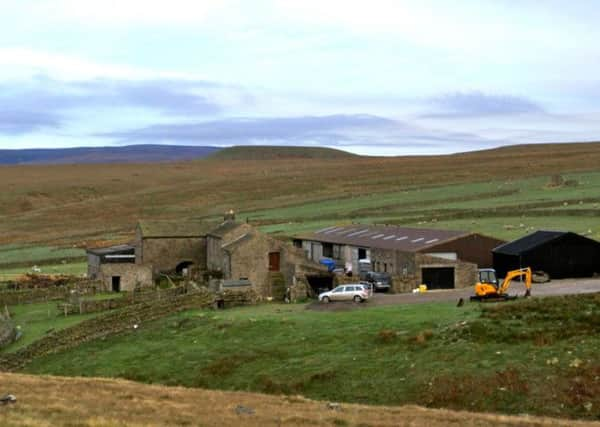Resistance expected to subsidy proposals


At the start of a national consultation on implementing Common Agricultural Policy (CAP) reforms, Ministers have proposed a 15 per cent modulation rate between direct payments in pillar one of the subsidy and its new rural development programme in pillar two.
But many farmers see direct payments as a secure source of income that helps them cope with the effects of bad weather and a volatile marketplace, so they are reluctant to see any transfer of funding.
Advertisement
Hide AdAdvertisement
Hide AdAt the NFU’s Tenant Farmers’ Conference in Harrogate on Thursday, Peter Kendall told Country Week more detail was needed from the government on what its new rural development programme will consist of before it should consider raising the modulation rate. Mr Kendall said: “The challenge that remains for us is that we need more detail around the money that they think they need for environmental projects. We haven’t seen those details.
“ We know they will take a long time to ascertain so we do object very strongly to taking 15 per cent out of farmers’ payments next year when there will be no new environmental scheme up and running until 2016 at the earliest.
“We say that because the EU has changed its rules, we could set a modulation rate in 2017 that’s higher if necessary, when Defra knows what the demand is.”
Farming Minister George Eustice, who spoke at the NFU event, did not detail a new rural development scheme but said he envisaged it as similar to the existing Higher Level and Entry Level Stewardship schemes, where, at the top end payments would be made to farmers who pro-actively and intensively support wildlife, and a lower level scheme would require more substantial environmental commitments than the current Entry Level scheme.
Advertisement
Hide AdAdvertisement
Hide AdRegardless of how modulation is set, UK farmers will still receive around £18bn through pillar one and around £2bn through pillar two between now and 2020, he said.
Mr Eustice said: “Governments of all colours in the UK have taken the view that you can spend money more creatively, more effectively in pillar two than you can in pillar one.
“That’s because we can design schemes that are right for our own country and we can come up with innovative new ideas.”
Defra is also seeking views on a proposal that would see direct payments almost double for moorland farmers, while lowland farmers would see a decrease.
Advertisement
Hide AdAdvertisement
Hide AdMr Eustice said: “Increasingly, we are going to have to do food production on more marginal land and I don’t want to go back to where we do coupled support and do headage payments which encourages unsustainable farming but we do accept paying a little bit more for those upland farms so that their operations are more viable.”
Make your views known
People with a vested interest in agriculture in the region are being urged to take part in the CAP consultation.
The NFU has vowed to make a very strong representation in conjunction with other farming bodies and its president Peter Kendall said he wants farmers with strong views to make sure that Defra knows about them.
Farming Minister George Eustice said he wants to get as many people as possible to reply before November 28.
For details, see consult.defra.gov.uk